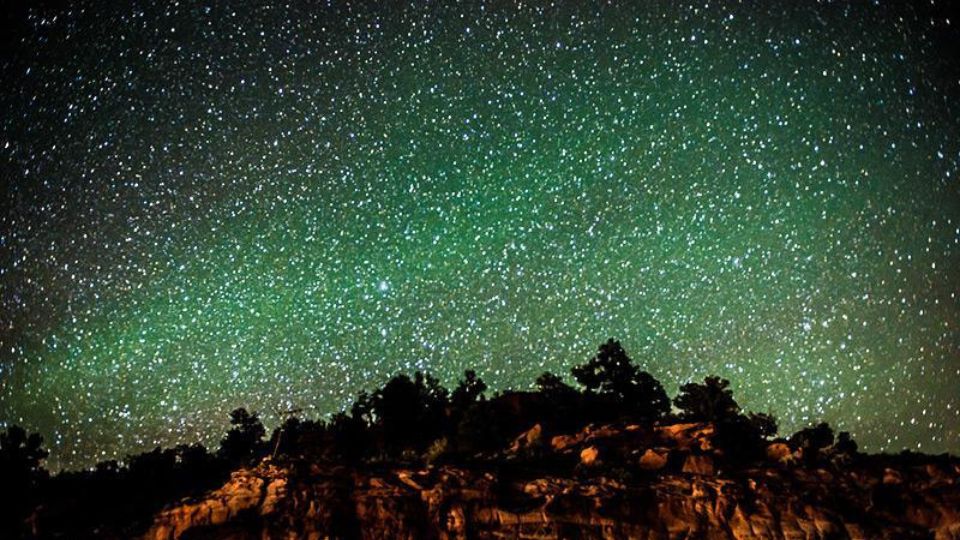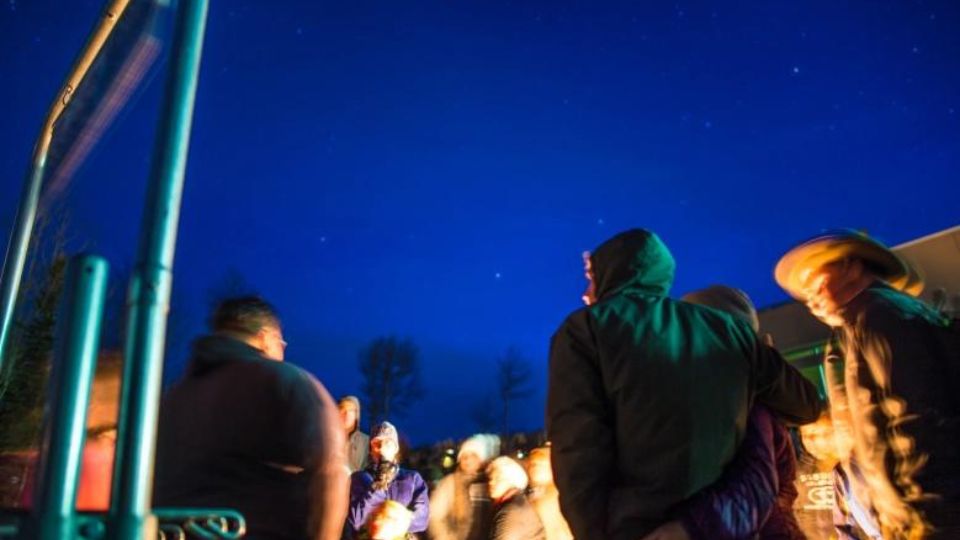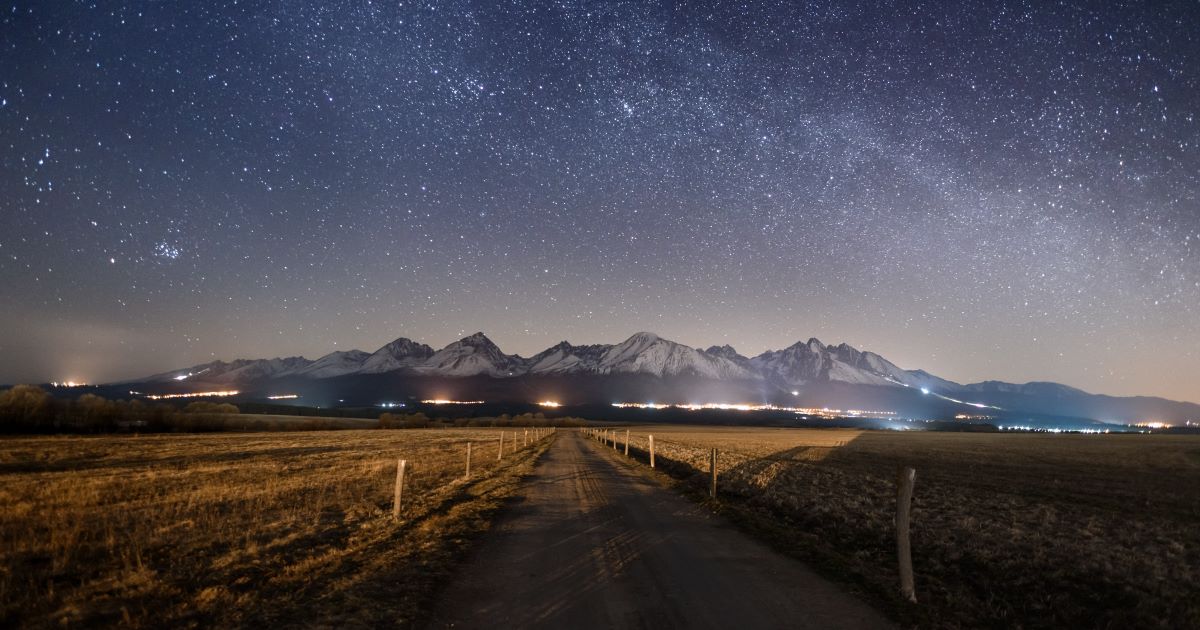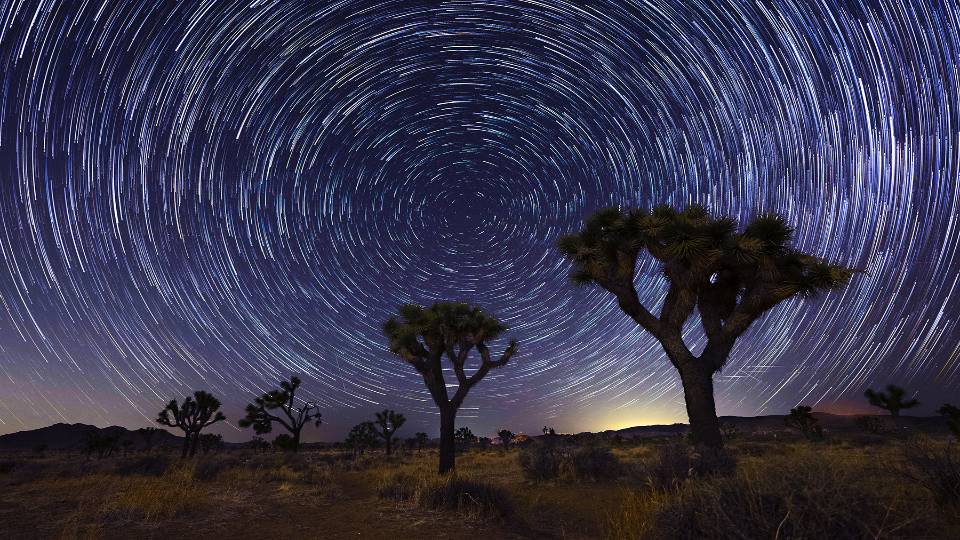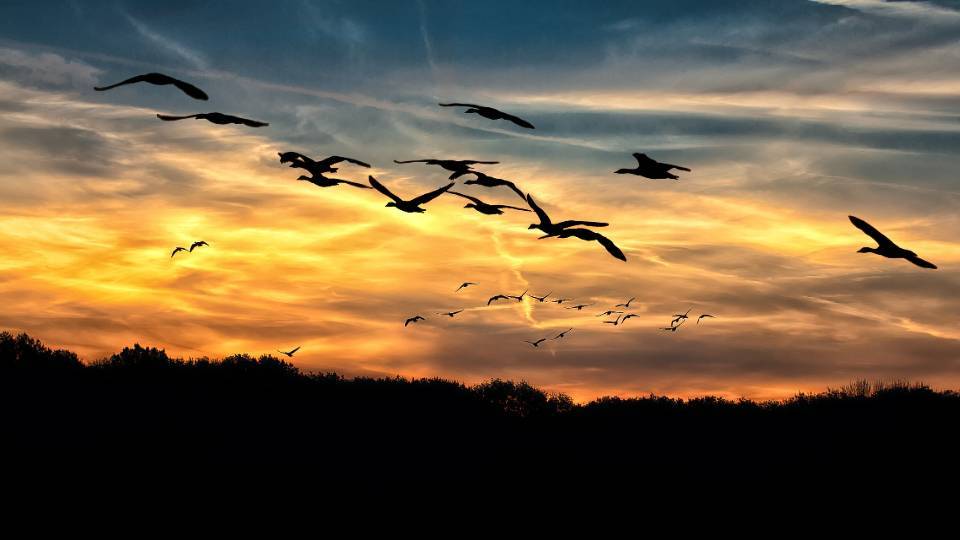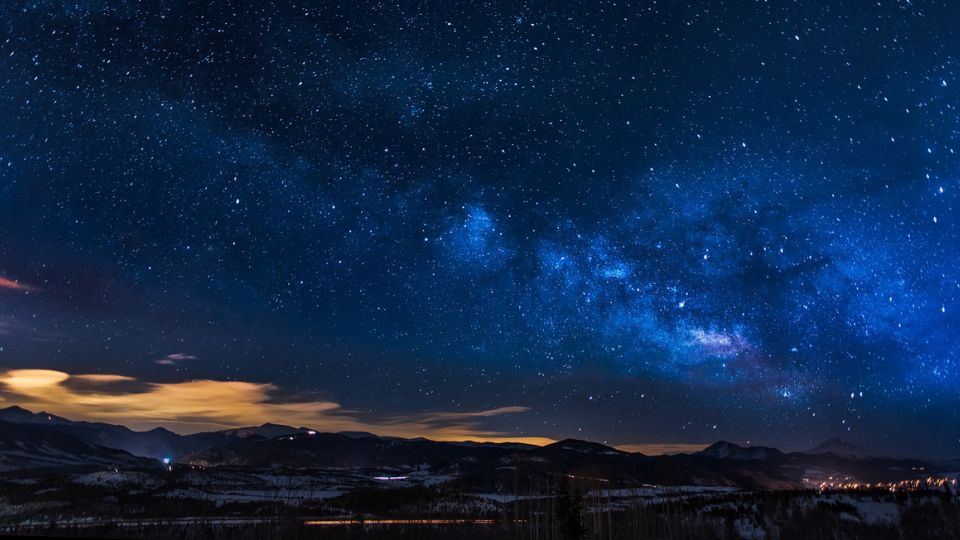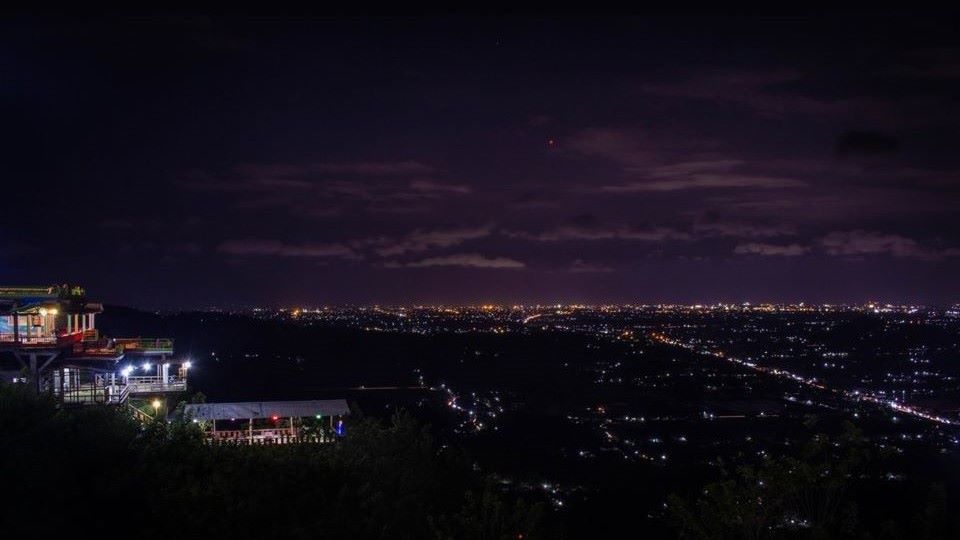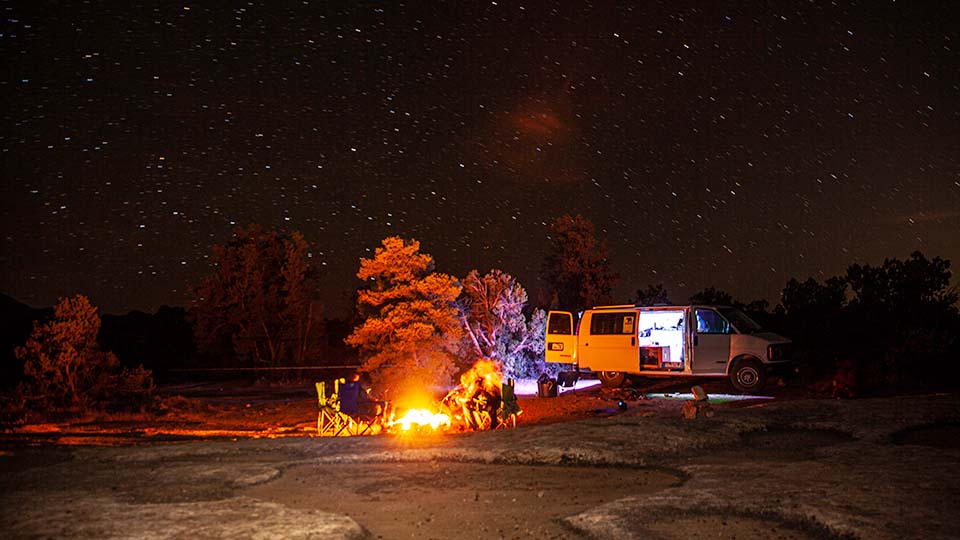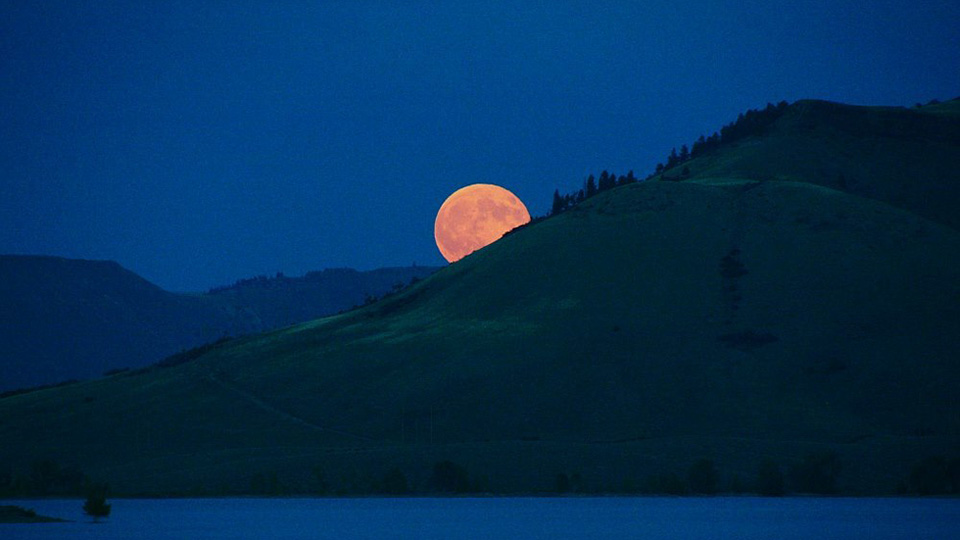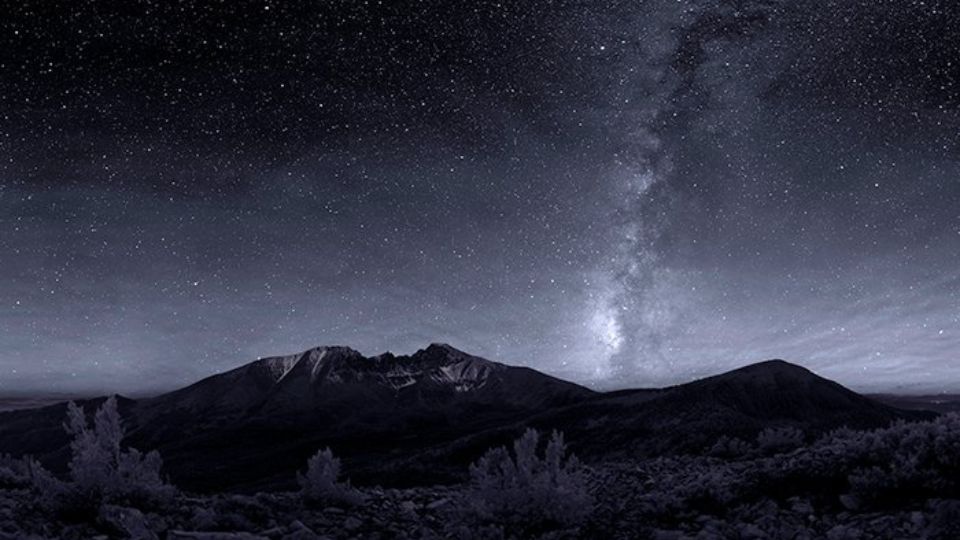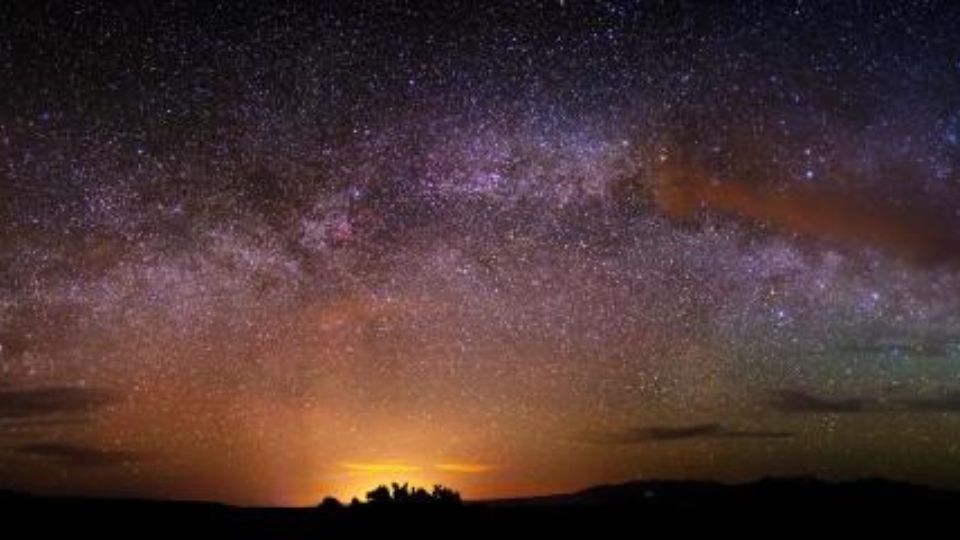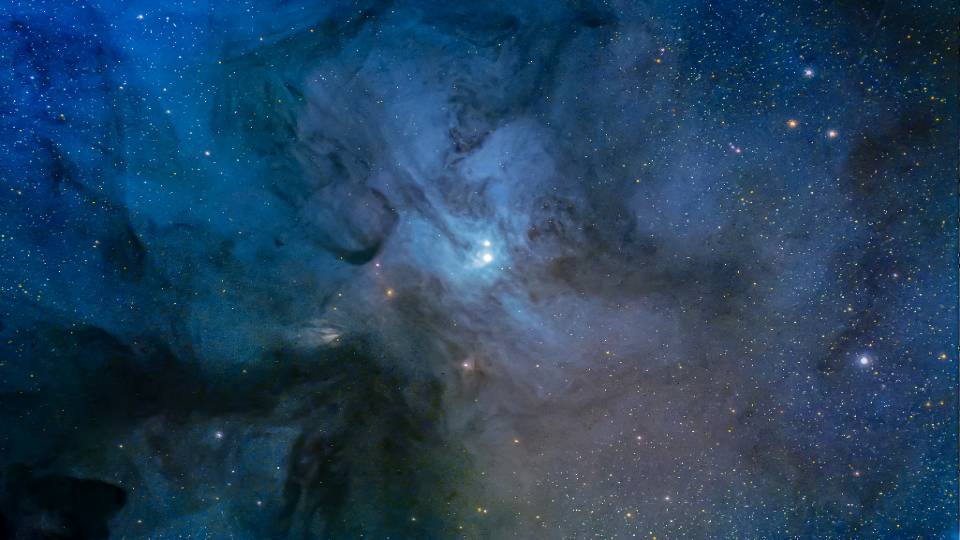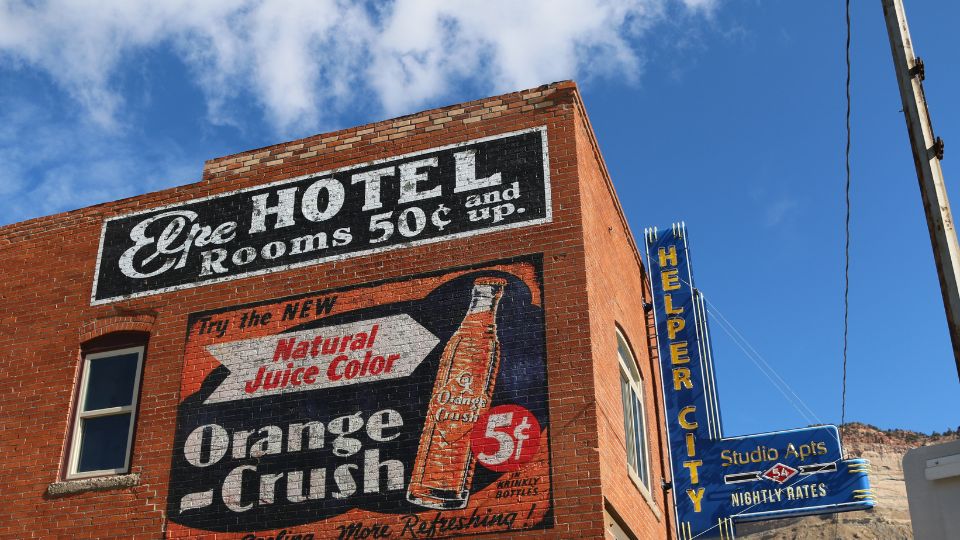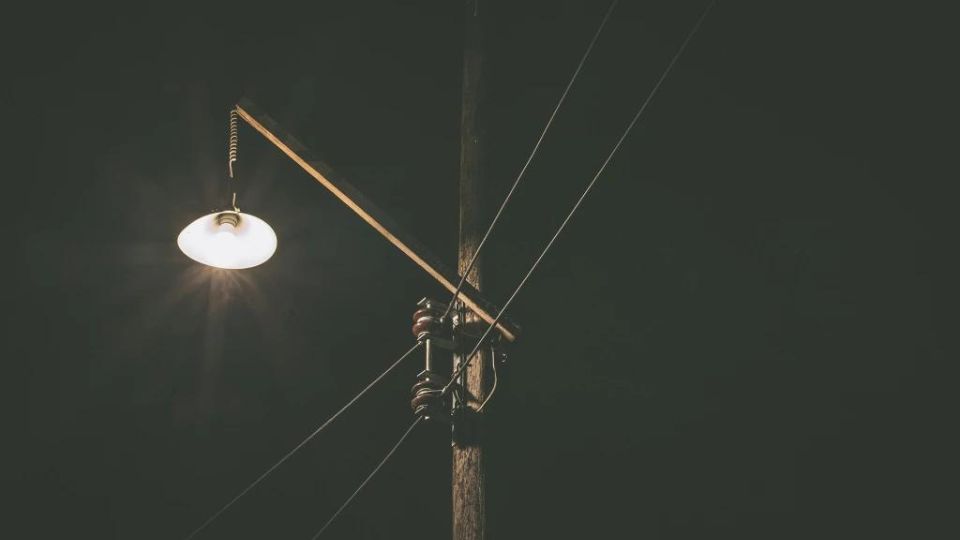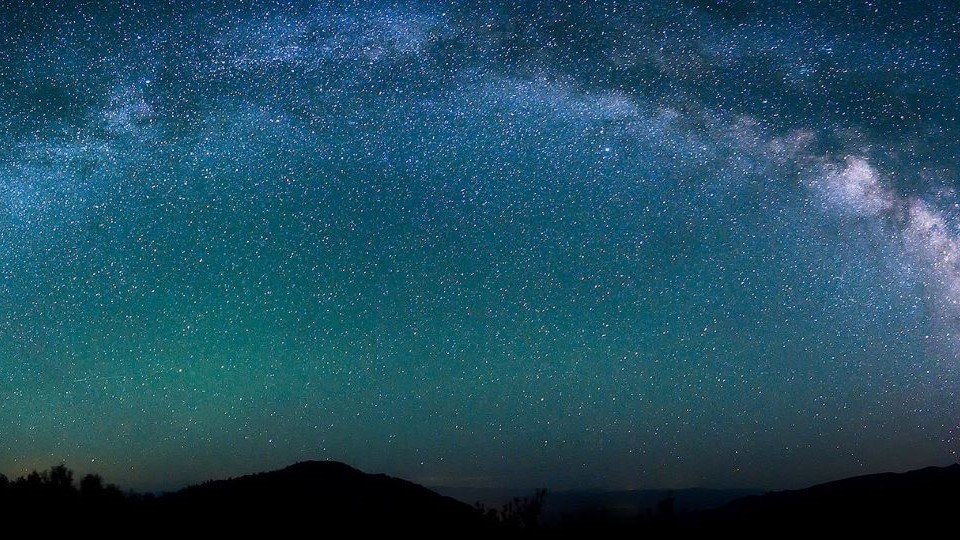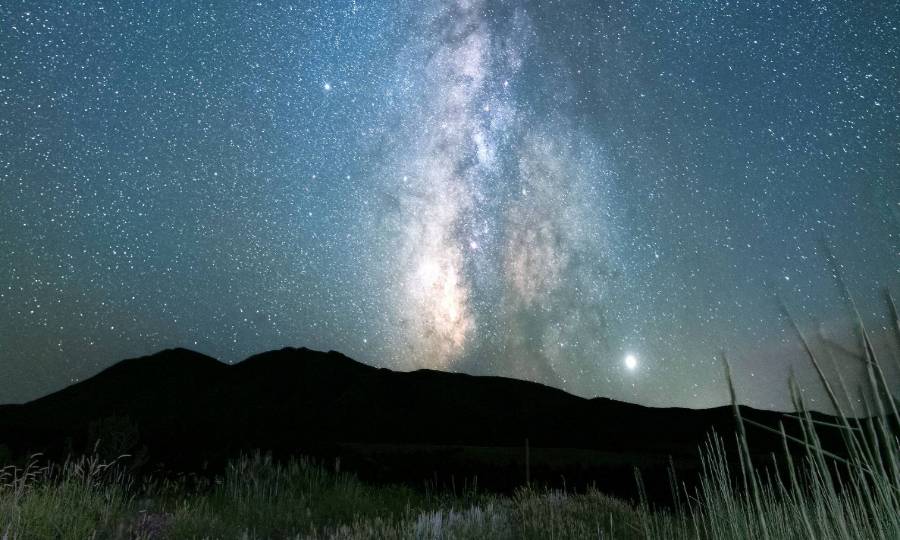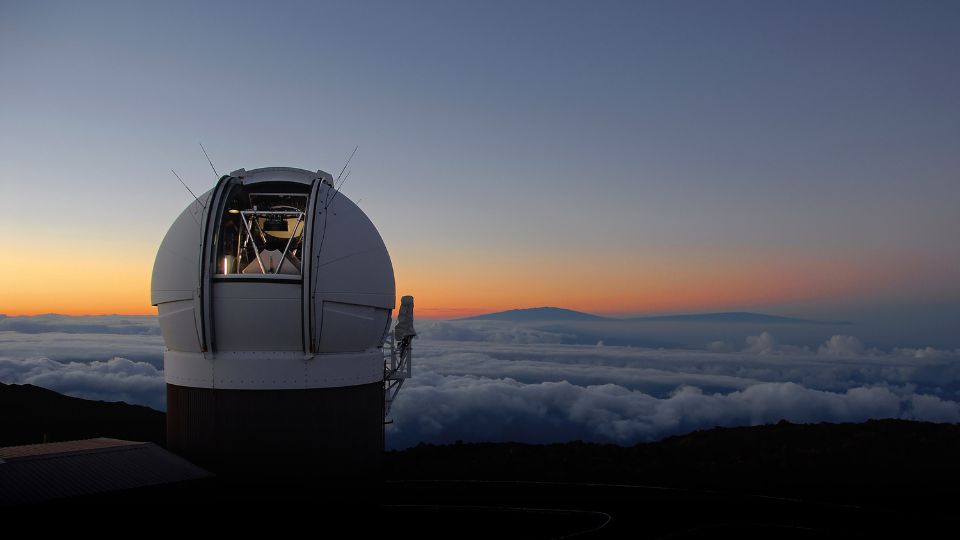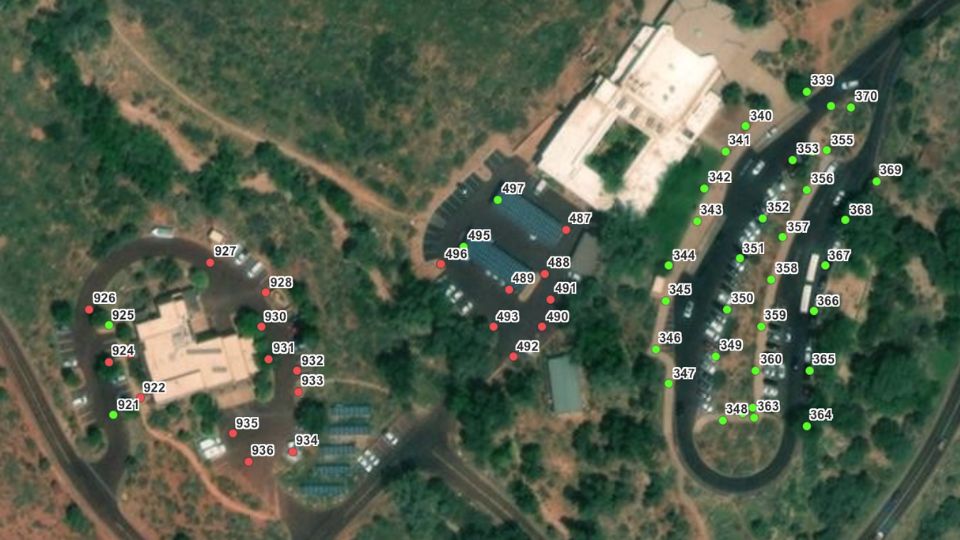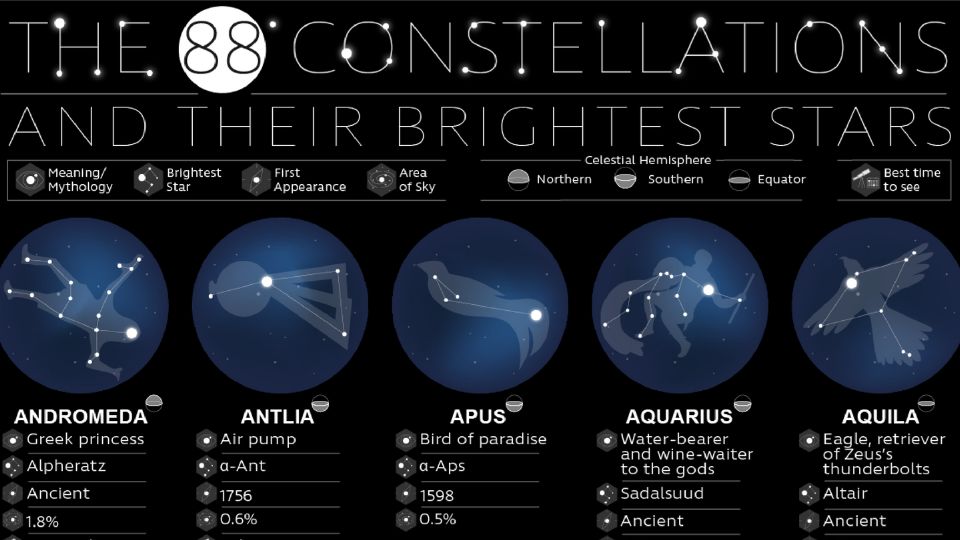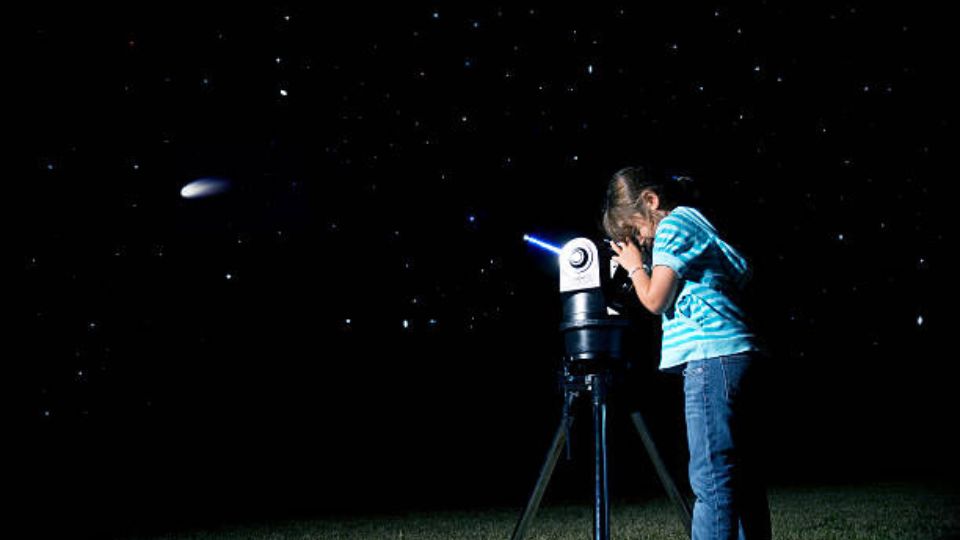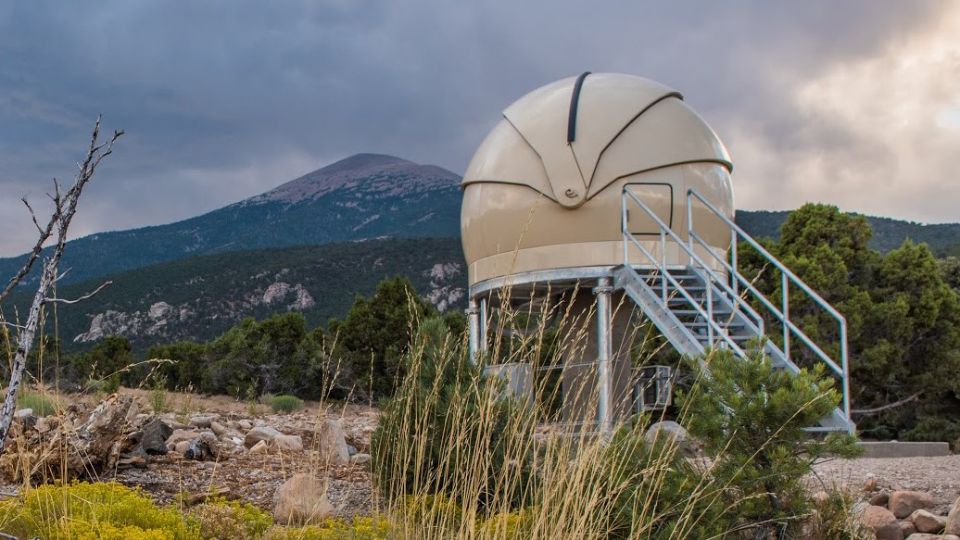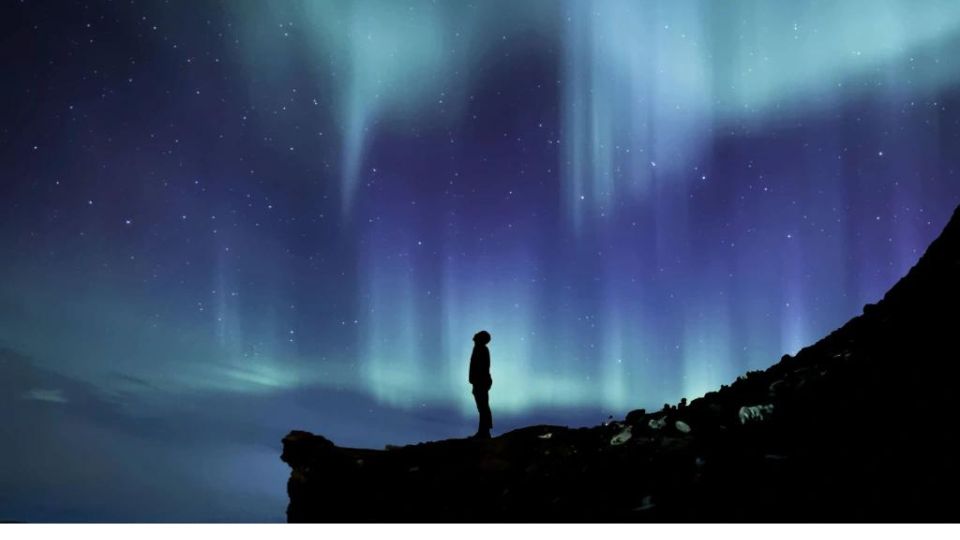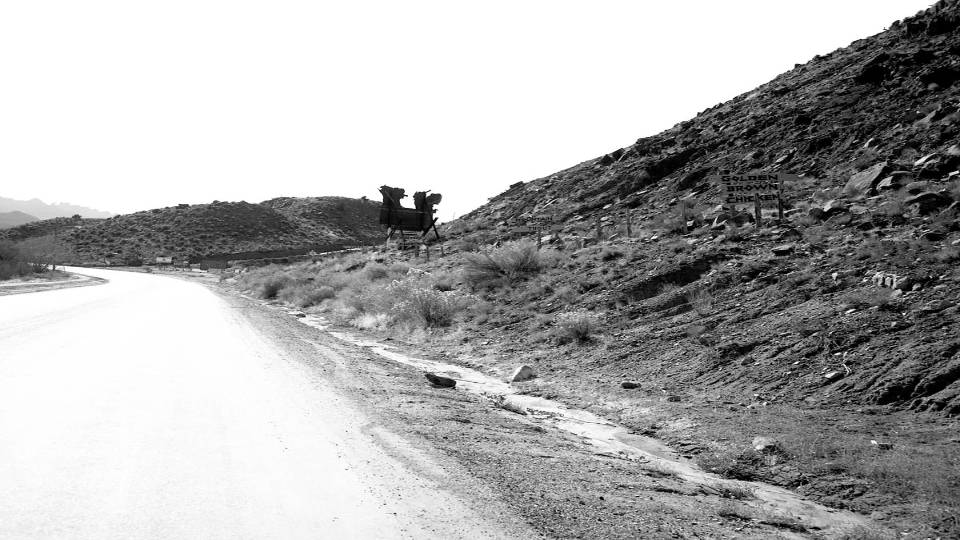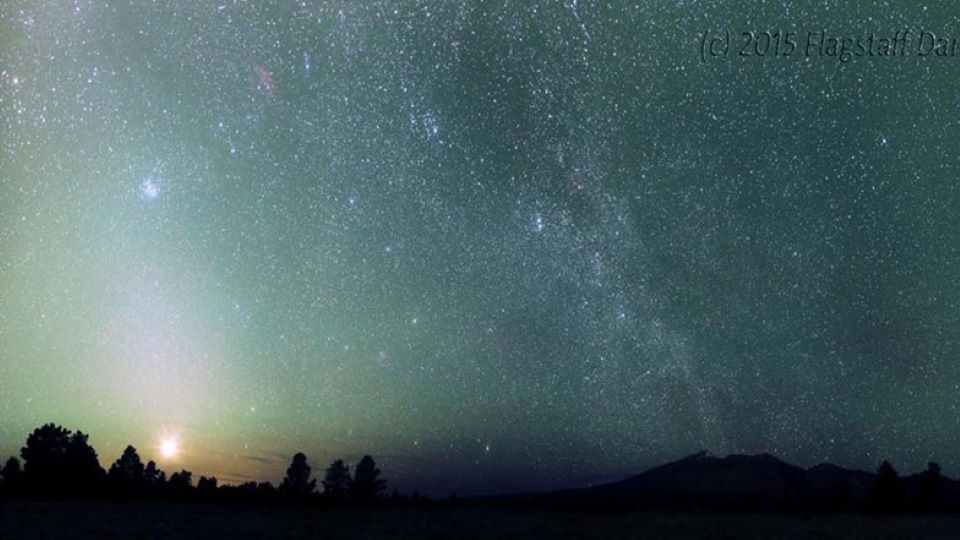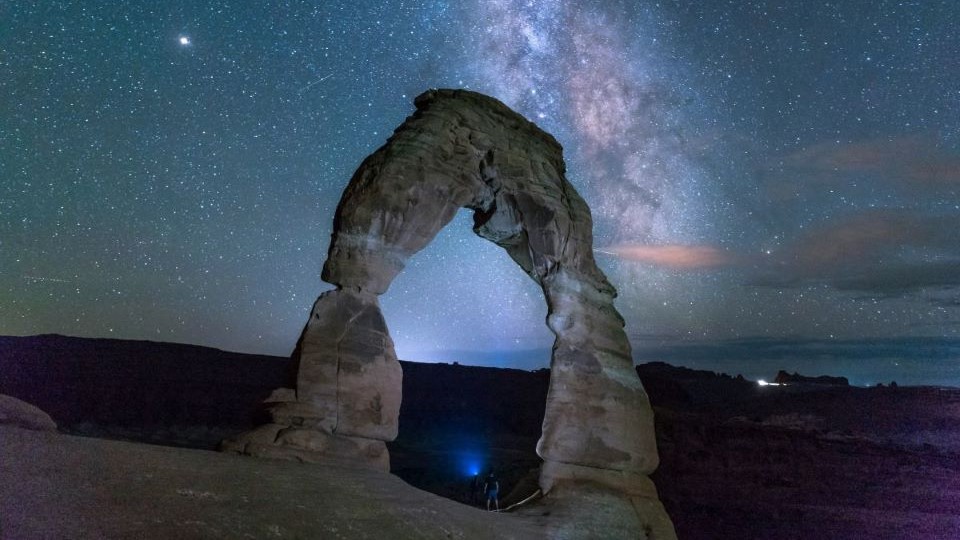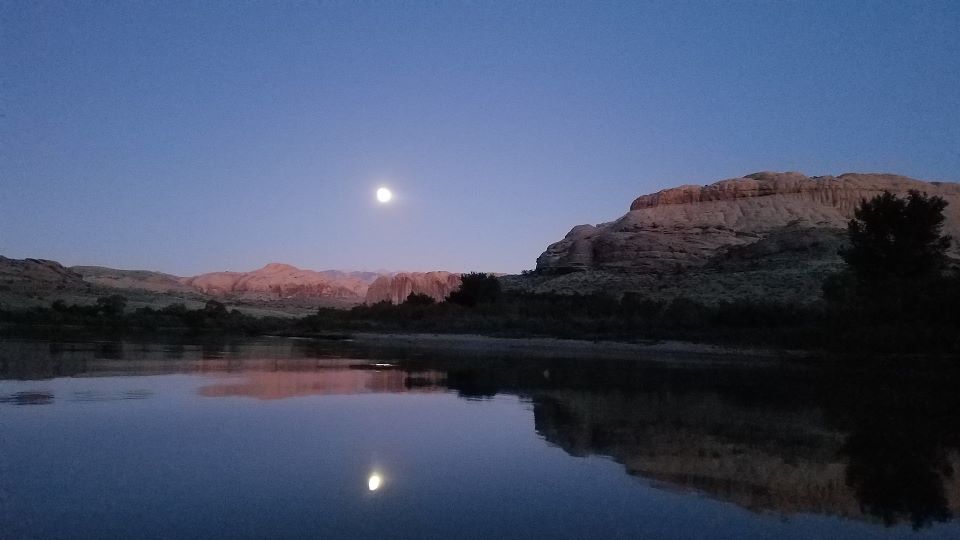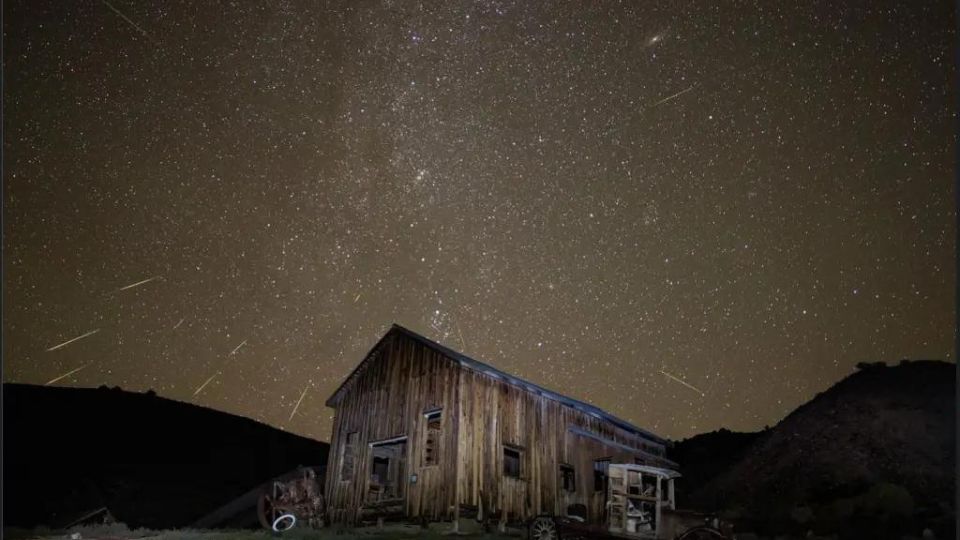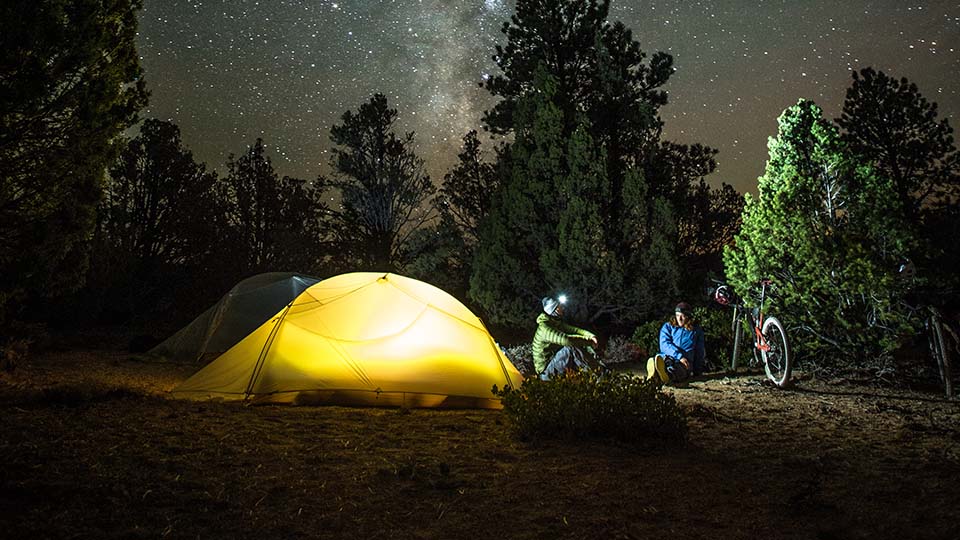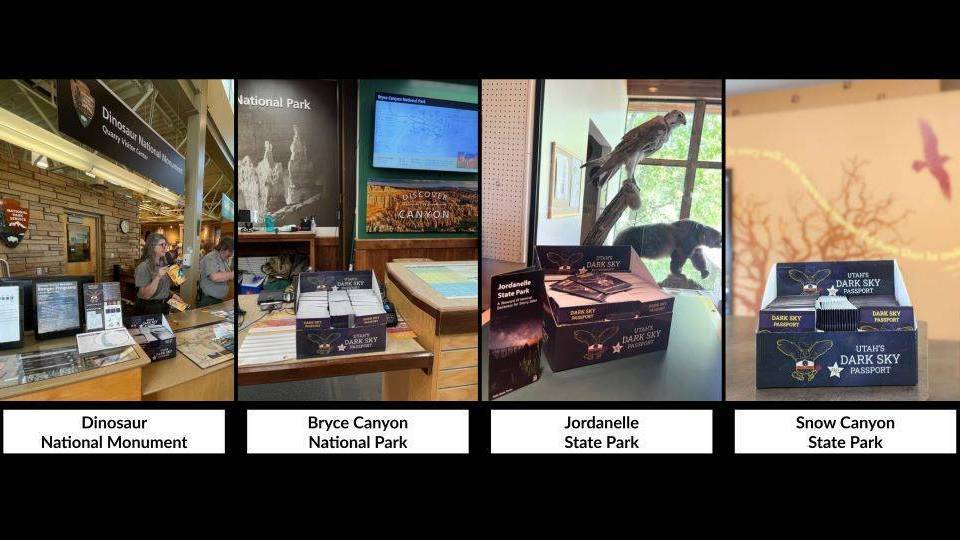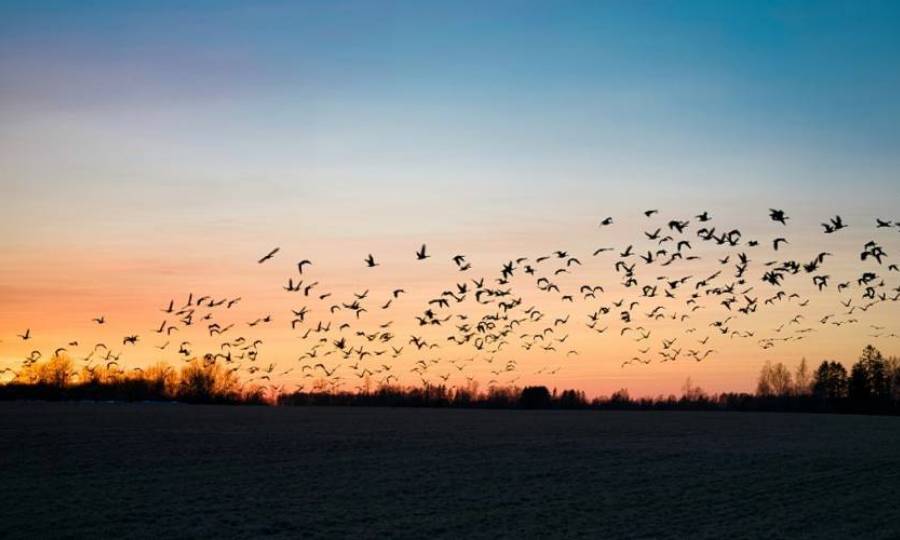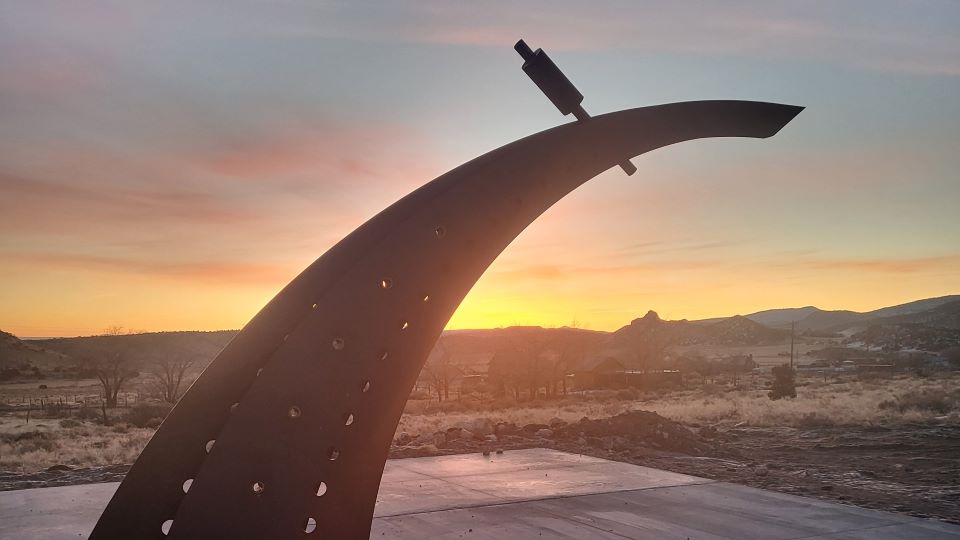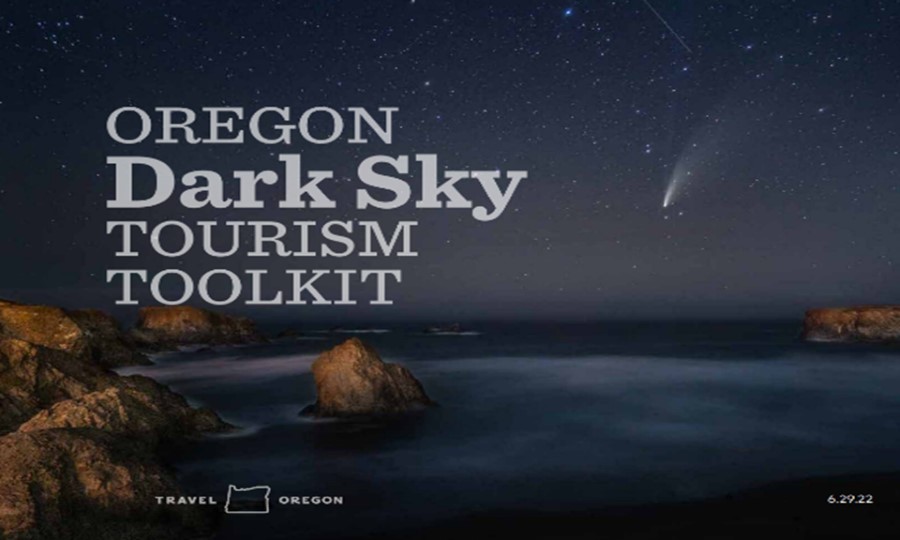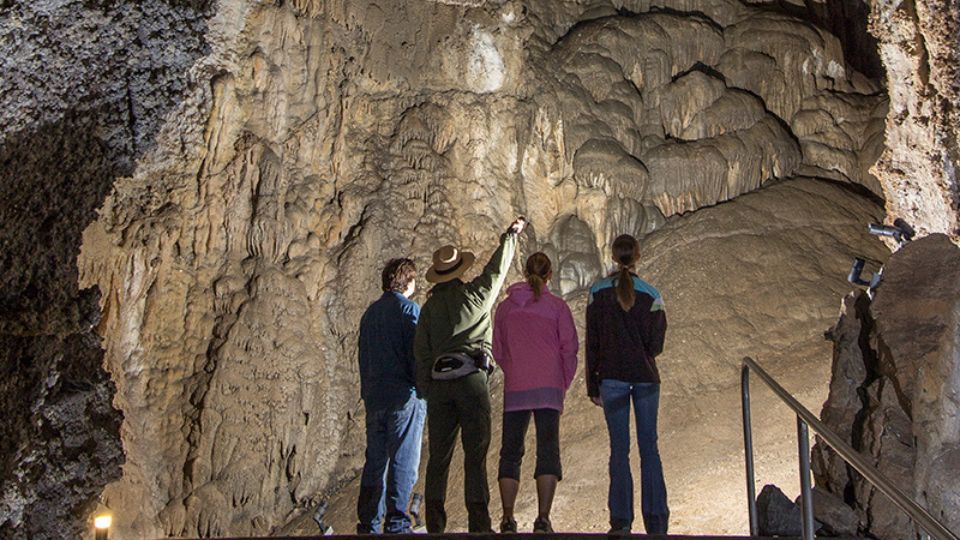Park After Dark: Considerations for Courteous & Responsible Nighttime Visitation
Karen Garthwait, Interpretive Media & Volunteers, Arches & Canyonlands National Parks

Why is using artificial light sources to light up landscapes, rock formations, or other park features prohibited at parks such as Arches National Park?
Spot-lighting for wildlife is nearly always prohibited at parks, through a combination of 36 CFR 2.2(e) and park-specific closures in superintendents’ compendia. It stands to reason that intentionally lighting up park features at night also affects wildlife living nearby. Even if that impact is unintentional, it’s detrimental.
Furthermore, visitors trying to experience and enjoy natural darkness are also negatively impacted by artificial lighting on features. It causes people to lose their dark-adapted vision, which takes time to develop and can be lost in one careless flashlight beam. As dark-sky tourism increases in popularity, more and more parks are explicitly prohibiting activities that negatively impact nighttime visitors’ enjoyment.
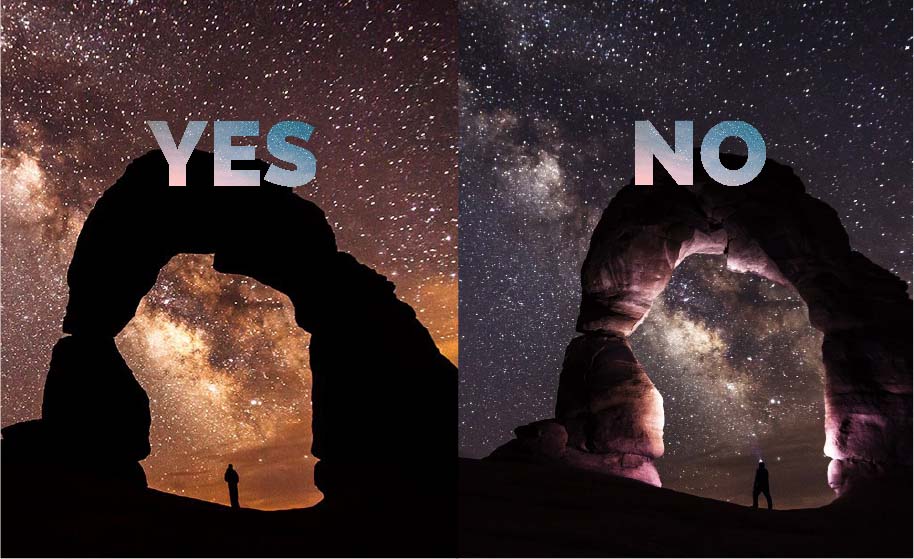
How do I know if lighting is regulated when I visit a National Park or Monument?
Regulations vary a lot from place to place; you can’t assume that an activity allowed at one park is allowed everywhere. It’s a good idea to check each park’s website before visiting even if you’ve been there before; regulations can change. For national park units, you’ll usually find a page called “Park Regulations” within the section called “Plan Your Visit.” These pages help you plan what to pack and what to do (and not do) there. You might also learn something about the place you are about to experience, which can deepen your understanding and enjoyment.
What is light painting and is it also prohibited?
Light-painting is a photography technique involving illuminating a subject while taking a long exposure photograph. The result shows a well-lit subject (around here, typically a rock feature) in the foreground with a star-filled sky behind. The technique can create stunning, even mesmerizing images, which feel like they capture the natural grandeur of the setting until you realize that the lighting effect could only occur unnaturally. This technique is prohibited in Arches and Canyonlands national parks, among other places.
What general stargazing etiquette behaviors do you most recommend to nighttime park visitors?
Protecting your and others’ night vision is crucial to maximizing your enjoyment of a dark sky. The human eye can perceive an amazing amount of star light if you let it adapt to the darkness for at least ten to twenty minutes. Avoid using or looking at any bright white or blueish lights. If you must illuminate your surroundings, use a red lamp if you have one; or, carry your light down by your side aimed strictly at the ground. (You can even put a few fingers over the face to narrow the beam to just what you need.) Preserving a park’s natural soundscape further enhances the experience of a nighttime visit. Instead of listening to music, try listening for the sounds of nocturnal critters scurrying about their “day’s work.”
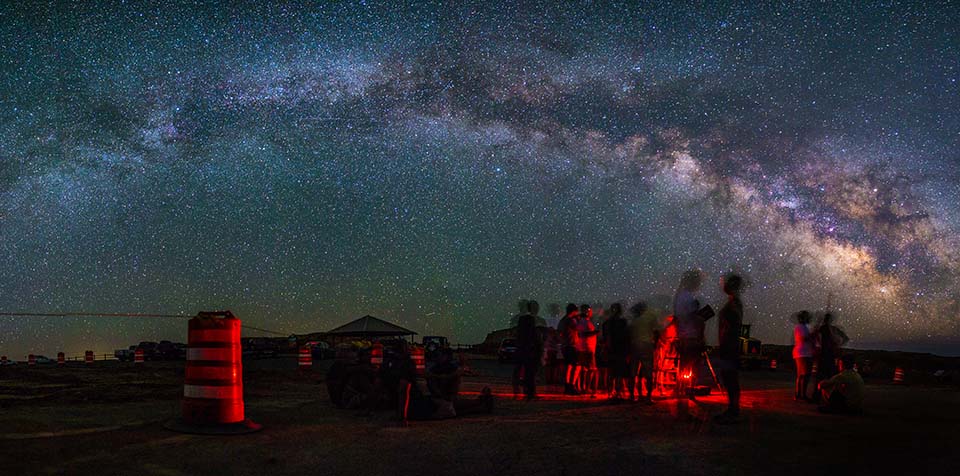
What kind of activities are appropriate in the park after dark?
As diurnal creatures, humans rarely get to observe the nightly dramas of animal behavior, moon shadows crossing the landscape, meteors streaking overhead, and all that comprises “the park after dark.” Some park visitors at nighttime prefer to sit quietly and observe with all their senses: watching, listening, enjoying the touch of nighttime breezes and the scents of night-blooming flowers. Others may choose to hike a trail, paying close attention to trail markers and using a headlamp or flashlight aimed at the ground for route-finding. Hikers might find moonlight is all they need when crossing open areas with mostly level ground, but it’s always a good idea to have extra lights ready for when conditions change.
What is the best way to approach someone who is using light inappropriately in the park?
I find it is always best to assume good intentions. While awareness of the value of naturally dark skies is growing, many people still don’t know about the impacts their lighting causes. If you feel safe approaching someone, you can offer information and polite suggestions for alternate lighting behaviors. Or, you can choose to report the observed activity to a ranger. They might not be able to contact the specific party you saw, but reports like that help make park staff aware of behavioral trends that might need closer monitoring.
Learn more
Star Gazing Etiquette Dark Skies Topics Brief: This brief provides a general list of what to do and what to avoid when attending an astronomy event. This is not meant to be a comprehensive list and we encourage you to do your own research before attending an event. Most importantly always be courteous, avoid creating unnecessary light and noise pollution, and remember to have fun!
Saguaro Astronomy Club Stargazing Etiquette
https://www.saguaroastro.org/star-party-etiquette/
Rose City Astronomers Observing Best Practices and Stargazing Etiquette
https://www.rosecityastronomers.net/observing-best-practices
Bill Arnett Star Party Etiquette
http://arnett.us.com/psc/etiquette.html
San Jose Astronomical Association Etiquette for Public Star Parties
https://www.sjaa.net/learnresources/etiquette/
Texas Star Party Rules
https://texasstarparty.org/important-rules/
Okie-Tex Star Party Etiquette
http://www.okie-tex.com/party_etiquette.php
KAS Star Party Rules
https://www.kasonline.org/observing.html
Star Party List
https://skyandtelescope.org/astronomy-resources/annual-stargazing-events/
National Parks Leave No Trace Guidelines
https://www.nps.gov/articles/leave-no-trace-seven-principles.htm
Dead Horse Park Brochure
https://stateparks.utah.gov/wp-content/uploads/sites/13/2019/11/Dark-Sky-Brochure_Dead-Horse-Point_5-26-2016_PRINT-revised.pdf
Download a high quality pdf version of this article
Related Articles


